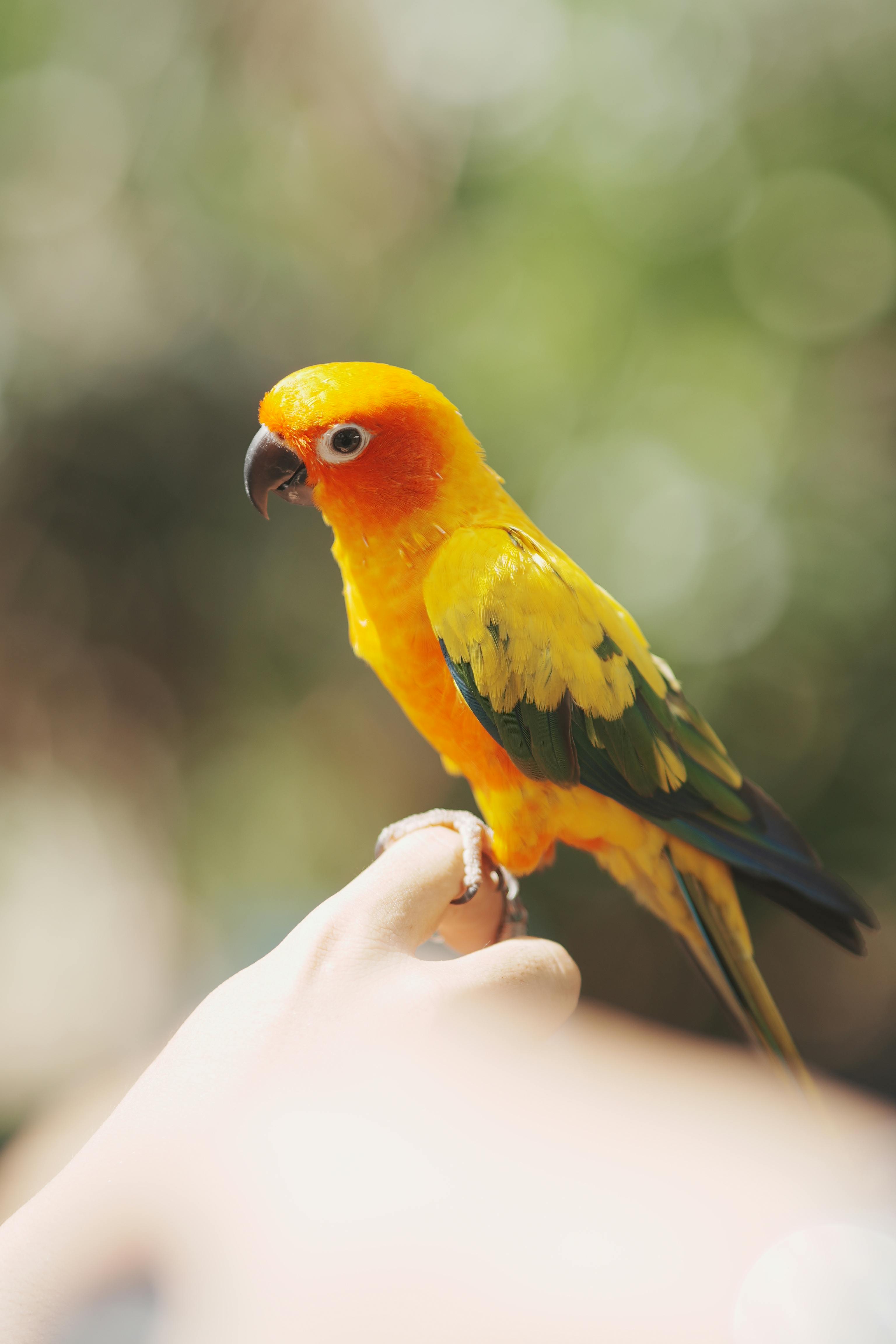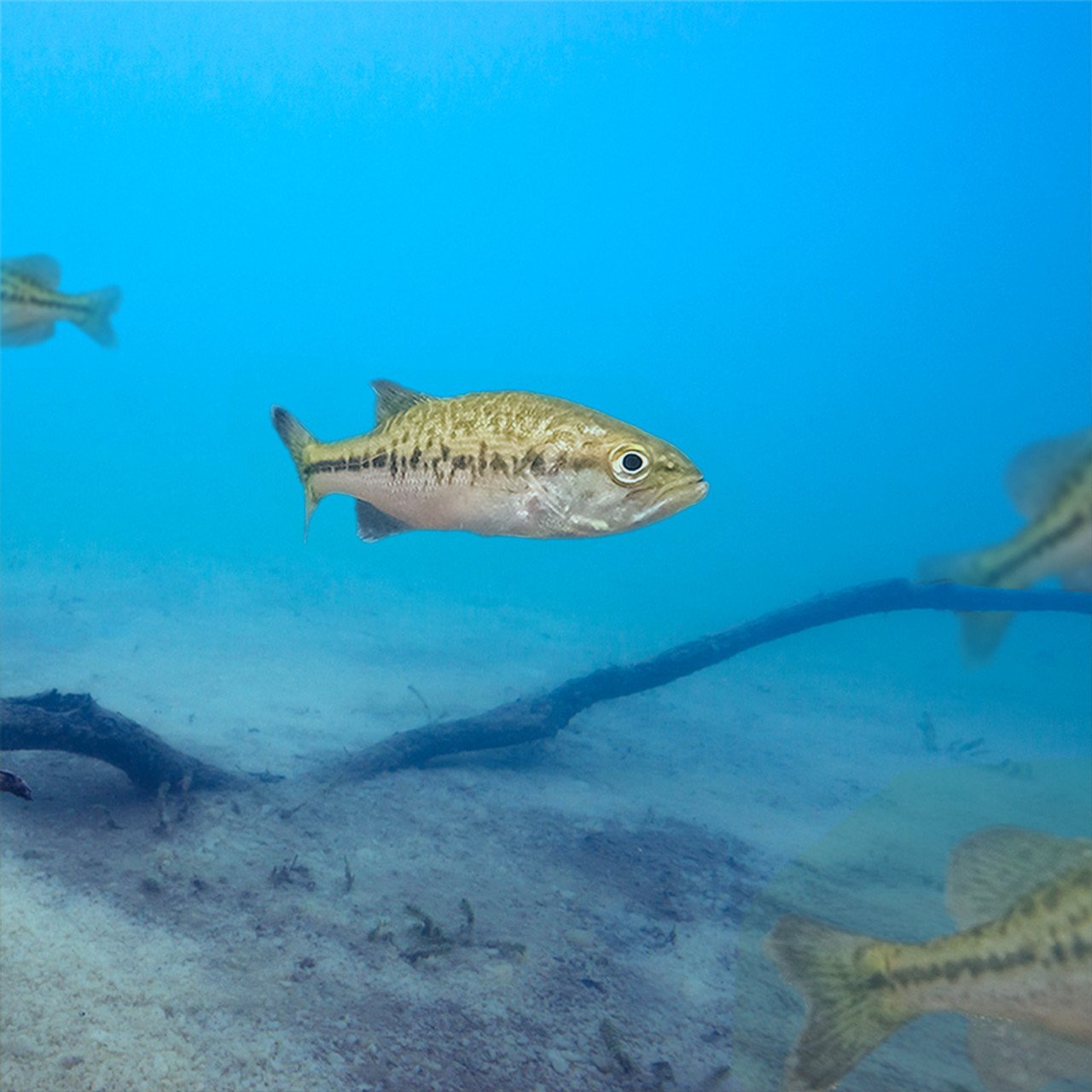Effective Ways to Distinguish Male vs Female Guppy in 2025
When it comes to aquaristics, understanding the differences between male and female guppies is crucial for successful guppy breeding and care. In 2025, knowing how to identify male and female guppies can enhance your aquarium's aesthetics and population control. Key features to look for include size, coloration, fin structure, and behavior. This article will dive into the distinctive characteristics of male and female guppies, providing guppy lovers and enthusiasts with vital insights into their unique traits.
By the end of this guide, you'll be equipped with knowledge that will help you select the ideal guppy species for your tank, understand their behavior, and create a thriving aquatic environment.
Guppy Characteristics: A Comparison
To effectively distinguish between male and female guppies, it's essential to grasp their characteristics. Male guppies are typically smaller, usually ranging from 1 to 2 inches, while females tend to be larger, reaching 3 inches or more. The significant size difference aids in visually identifying each gender with ease.
Coloration is another distinct feature. Males exhibit vibrant colors and intricate patterns, becoming visually striking, which is crucial for attracting females. Conversely, females are generally more subdued in color, adorned with a less colorful yet distinct pattern, essential for their role in reproduction.
Additionally, male guppies often have a modified fin known as the gonopodium, which plays a crucial role in reproduction. This structure extends into a point, unlike the fan-shaped tail seen in females. Understanding these anatomical differences is fundamental for anyone interested in guppy care and breeding.
Size Comparison Between Male and Female Guppies
The size comparison between male and female guppies isn't just basic; it often determines their social interactions and compatibility within the aquarium. For example, male guppies may exhibit dominant behavior due to their confidence and vivid colors, while females often play a more subtle role, especially during breeding periods.
Color Variations and Patterns
When considering guppy genetics, color variations play an essential role in identifying males and females. Male guppies come in a multitude of hues—ranging from bright reds to greens, blues, and yellows—while females display a more neutral palette. This aesthetic difference not only influences breeding but also the overall aquarium setup's visual appeal.
Behavioral Differences: Male vs Female Guppies
Male guppy behavior, particularly during mating seasons, is distinct from female behavior. Males often engage in courtship displays, showcasing their vibrant colors and performing dance-like movements to attract females. On the other hand, females may exhibit more passive behavior during courtship, showcasing their readiness for breeding through an increase in appetite and movement.
Understanding Guppy Breeding Dynamics
Understanding guppy breeding is a fundamental necessity for any aquarist intending to keep compatible tank mates in a community fish setup. Ideal breeding conditions ensure the health and longevity of both male and female guppies. Factors such as water quality, temperature, and tank setup must be considered to create a thriving environment for guppy breeding.
Guppy Tank Setup for Breeding
Creating a breeding tank requires attention to detail. Establishing a comfortable environment begins with providing plenty of plants, as they serve as hiding spots for female guppies, especially post-breeding. These safe havens are crucial as males can be overly aggressive and may harass females during the breeding cycle.
Gestation and Birth: Female Guppy Pregnancy
Female guppies have a gestation period lasting approximately 28 days. After this period, they can give birth to anywhere from 20 to 100 fry at once. Ensuring that your tank is equipped to handle this rapid growth is essential for maintaining a healthy population and mitigating stress in the community tank.
Post-Breeding Behavior and Care
Post-breeding, female guppies require special attention. Monitoring their health and reducing stress levels is crucial. Providing them with nutritious foods, like high-quality flakes and live foods, helps maintain their health during pregnancy and after giving birth. Understanding female guppy behavior, especially in the aftermath of reproduction, can enhance their welfare.
Guppy Health Care and Environment Maintenance
Once you're familiar with identifying male and female guppies, the next step is ensuring their well-being. Proper guppy care entails a combination of appropriate tank maintenance and adept knowledge of the species' requirements. Providing the right environment enhances their lifespan, with guppies generally thriving up to 2-3 years with optimal care.
Health Indicators for Male and Female Guppies
Monitoring your guppies’ health involves observing behavioral cues and physical signs. Any changes in swimming patterns or lethargy can indicate underlying health issues. Maintaining a clean, balanced habitat ensures that guppy diseases are minimized and that your fish remain vigorous.
Feeding Habits and Nutritional Needs
Both male and female guppies have similar dietary habits, typically preferring a mixed diet of high-quality flake food, frozen or live foods. Adjusting the feeding schedule based on the life cycle stage—particularly during pregnancy—ensures the best health outcomes for your guppies. Understanding guppy feeding habits is vital for aquarists wanting to optimize their tank's ecosystem.
Guppy Compatibility in Community Tanks
When introducing guppies to a community tank, selecting compatible species is critical. Guppies generally thrive with other peaceful fish. However, knowing how the introduction of new species affects the existing dynamics is important for their long-term health. Secure your guppies’ environment by ensuring no aggressive species disrupt their routines.
Common Challenges in Guppy Care
Throughout your guppy-keeping journey, you may encounter various challenges that require attention. Recognizing the signs of stress, aggression, or illness in your fish is essential for effective troubleshooting and prevention. Being proactive in identifying these issues can make a world of difference in your guppies' overall health.
Guppy Disease Prevention Techniques
Preventive measures such as maintaining optimal water quality, regular tank cleaning, and proper feeding play crucial roles in reducing health issues. Regularly testing water parameters—like pH, ammonia, and nitrate levels—ensures that your guppies live in a stable and safe environment.
Identifying and Treating Common Guppy Diseases
Familiarity with common guppy diseases, such as ich and fin rot, allows you to act swiftly if suspected conditions arise. Providing expert care and effective treatments can help in minimizing casualties among your guppy population.
Supporting Your Guppies Through Stressful Situations
Recognizing and addressing signs of stress in your guppies is as essential as understanding their breeding behavior. Factors like overcrowding, aggressive tank mates, or sudden changes in water conditions can lead to distress. Ensuring your guppies have a well-structured habitat with ample hiding spaces contributes significantly to their emotional well-being.
Conclusion: Enhancing Your Guppy Experience
Understanding the differences between male and female guppies is vital for any aspiring aquarist. Knowing how to identify guppy characteristics not only improves your breeding success rates but also enhances the overall aesthetic of your aquarium. In 2025, as guppy trends evolve and new varieties emerge, adhering to proven guppy care methods will ensure that your fish remain healthy and vibrant.
Whether you're a beginner starting your guppy journey or an experienced keeper, appreciating the intricacies of guppy behavior and genetics goes a long way in enhancing your experience. For those who want to dive deeper into specific guppy care tips and techniques, consider exploring specialized resources and communities of guppy enthusiasts.


